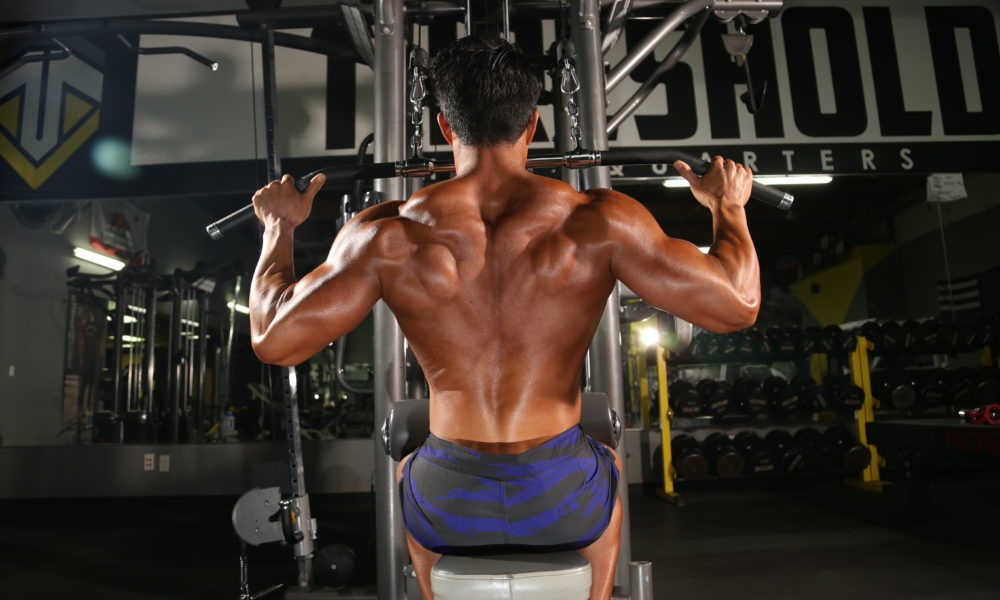

Most times when people start a training program, they see results after about 2 months of training. However, these initial results, also known as “newbie gains“, are usually short-lived because those exercises hardly sustain your muscles to give a longer-lasting result.
The good news is that opting for a push-pull plan helps. The push/pull split makes it easier to work your individual muscles. Some people’s workout routine involves training once or at most twice a week. However, training only once a week won’t suffice for muscle protein synthesis, which takes 48-72 hours to regenerate.
If you want to get the best out of your training, you should try the push/pull split, where you can dedicate two days in a week for pull workouts alone and another two days for push workouts.
It doesn’t matter your fitness level, a push or pull workout is an excellent workout routine choice for anyone that wants to build muscle and increase strength. This article will focus on pull day workouts and how to structure an effective pull day.
What Is Pull Day?
Pulling is vital for everyday functional movement. It is needed for pulling doors, lifting grocery bags, etc. A pull day means dedicating a day to working a group of muscles in the upper part of the body. A majority of the muscles are found in the back region. It helps to alternate between a pull day and a push day as it creates muscle balance and allows one muscle group to recover while working on the other group. Pull day workouts should consist of horizontal pulls, vertical pulls, lateral raises, upright raises, retraction of the scapular and biceps exercises.
What Muscles Do Pull Day Exercises Work?
Pull day muscles primarily engage muscles of the upper body involved in pulling motion. These muscles are also important for mobility and posture. The muscles include:
- Muscles of the forearm
- Biceps
- Back muscles (mostly made up of the latissimus dorsi)
Pull day exercise also engages other muscles of the body like:
- Hamstrings
- Trapezius
- Obliques
Barbell Pronated Grip
A pronated grip is often used for pullups, bicep curls, and barbell squats. A pronated grip is when you face your palms down and away from the body while performing resistance training. In the case of a barbell pronated grip, your hand goes over the bar with your knuckles on top. A pronated grip engages more muscle groups. It creates a more effective workout that enables you to feel and see results faster. Grip matters during exercise because even the slightest changes in hand position during a workout can change the muscles that are being targeted.
Barbell Pull Day Workouts
With the barbell, you can knock out a series of blasting exercises for your back, upper body, and cores. To build your back and core muscles, the following barbell moves will help you achieve that:
- Deadlift
- One-arm long bar row
- Chest-supported row
- Pendlay row
- T-bar row
- Meadows row
- Reverse-grip bent-over row
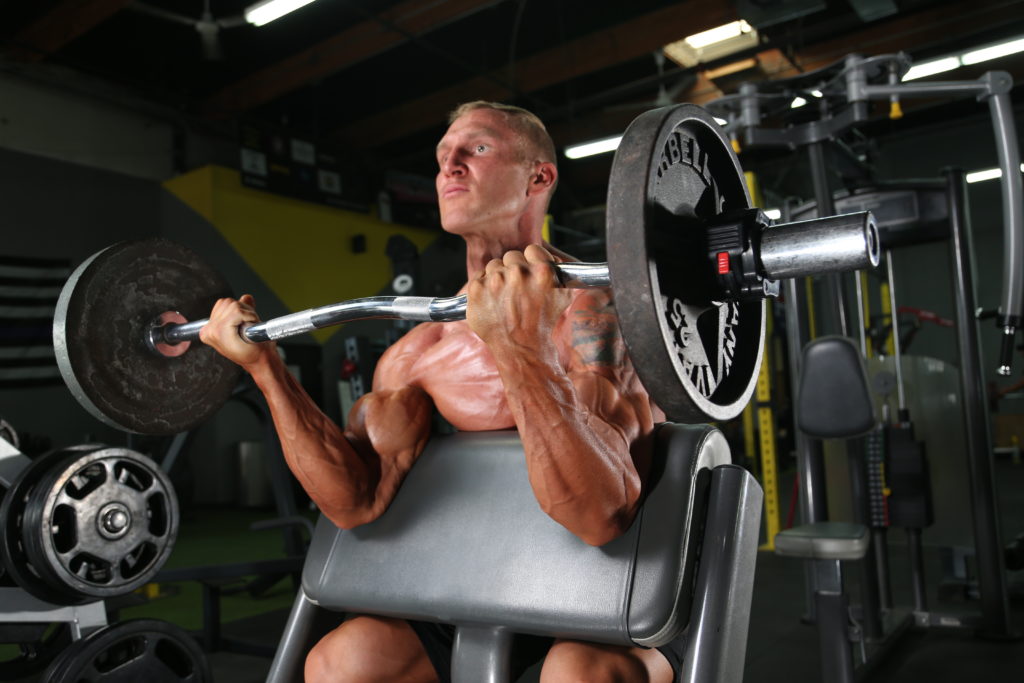
DB Pullover
Dumbbell pullover, also called ‘DB pullover’ for short, primarily works the chest muscles (the pectoralis) and back. Here is how to do DB pullovers:
- Sit on the end of a weight bench and have your feet placed on the floor, slightly wider than the bench
- Hold a dumbbell in each hand and lie with your back on the bench, ensure your head, neck, and back are fully supported on the bench
- Extend your arm over your chest and towards the ceiling, your palms facing each other and your elbows slightly bent
- Extend the weight back over your head, taking a deep breath as you extend
- Keep your back and core engaged
- Fully extend your hands to the point where the weights are behind your head (not below it)
- Exhale slowly while you return your arms to start position, and repeat
Bicep Curls
The bicep curl is a strength training workout that can be done with a barbell, resistance bands, dumbbells, or even a cable machine. It works the front muscles in the upper arms (the biceps brachii and brachialis), building strength.
Here’s how to do a bicep curl:
- Stand with your knees slightly bent and your belly button is slightly drawn in
- Your elbows should rest at your sides while your forearms extend out in front of you, palms facing up
- Bend your elbows and bring the dumbbells up to your shoulders
- Hold on for a second when you are at the top to squeeze the bicep
- Reverse the curl to bring to start position and repeat
Spider Curls
Spider curls exercise gives finishing touches to the bicep muscles. It can be divided into a start position and a finish position.
For the start position:
- Place the hands straight and downwards towards the floor, fully extended
- Lean forward on a bench
- Hold a barbell with your two arms still extended and your triceps in contact with the lower bench pad, and the upper bench pad snug in your armpits
For the finish position:
- Steady your upper arms and curl the barbell straight up as high as you can go
- Squeeze your biceps hard and gradually lower the weight to the start position
- Perform the reps repeatedly, at a controlled tempo
Incline Bicep Curls
It is not a complicated exercise, and you will typically need two dumbbells and an incline bench.
- Sit on an incline bench and hold a dumbbell in each hand
- Keep the dumbbells at arm’s length lean a little backward on the bench
- Curl the dumbbell towards your body until it reaches your shoulder; engage your biceps at this point
- Lower the weights back down to your muscles and repeat the rep
Concentration Curls
Concentration curl exercise is one way to squeeze those biceps. To do the concentration curl:
- Sit on a bench with a height that enables your knees to be bent at 90 degrees
- Place your feet flat on the floor
- Pick up a dumbbell using your left arm and place the back of your upper left arm on the inner part of your left thigh
- Ensure your arm is extended while bearing the weight off the floor
- Curl the weight up slowly, moving your forearms only
- At the top of the move, pause for a second, squeeze your biceps, and gradually lower the weight back to the start
- Repeats the reps in one arm and switch to the other arm
Straight Arm Pulldown
The straight arm pulldown exercise works the back and core muscles, strengthening these muscles. It also engages the lats, i.e., the latissimus dorsi (the widest muscle in the human body that covers almost all the back).
Below is how to carry out the straight arm pulldown exercise. Note that you will need a cable stack machine for this.
- Grab the wide bar from the pulley of the pulldown cable machine
- Grab the bar with your fists pronated and step backward about two feet
- Bend your waist forward at the waist at about 30 degrees, ensuring that your arms are extended fully in front, and your elbows are slightly bent
- Tighten your latissimus dorsi to begin the exercise
- With your arms straight, pull the bar down (this contracts the lats) until your hands are right next to the side of your tighs, breathe out while at it
- With your arms still straight, breathe in and go back to the start position
- Repeat the reps
Cable Back Exercises
The cable machine makes it easier to carry out a variety of exercises. Cable exercises work for a stronger and bigger back. The following cable exercises target your upper and lower back, including the upper-mid portion of your back, the latissimus dorsi and the secondary muscles in between.
- Straight-arm pulldown
- Face pull
- V-Bar pulldown
- Reverse lat pulldowns
- Close-grip lat pulldown
- Cable reverse fly
- Seated cable row
- One arm seated cable rows
- Wide-grip lat pulldown
Pec Deck
Pec deck, also called ‘machine fly’, is a machine designed to work the chest, increasing muscle mass and strength in the chest. The American Council on Exercise rated it as one of the best workouts for building chest muscles.
Here is how to use a pec deck machine:
- Select the machine’s weight
- Sit on the platform, and with your feet flat on the floor, press your back firmly against the back of the platform
- Grab one of the machine’s handles (or resting pad) with each hand, bend your arms at about 90 degrees and keep your elbow at your chest level
- Grip the pec handles tight and pull your arm towards your body, contracting your pectoralis
- Bring the handles in front of your chest and hold the position for few seconds, then slowly release to go back to the start position
- Repeat reps
Other Pull Day Exercises For Various Muscle Groups
When you vary your workouts, you increase your chances of targeting every muscle. This is because each exercise targets a different muscle or muscle group. Other pull-day exercises you should try out include:
- Pullup
- Upright dumbbell row
- Renegade row
- Zottman curl
- Dumbbell bent-over row
- Barbell deadlift
- Dumbbell gorilla row
- Snatch grip deadlift
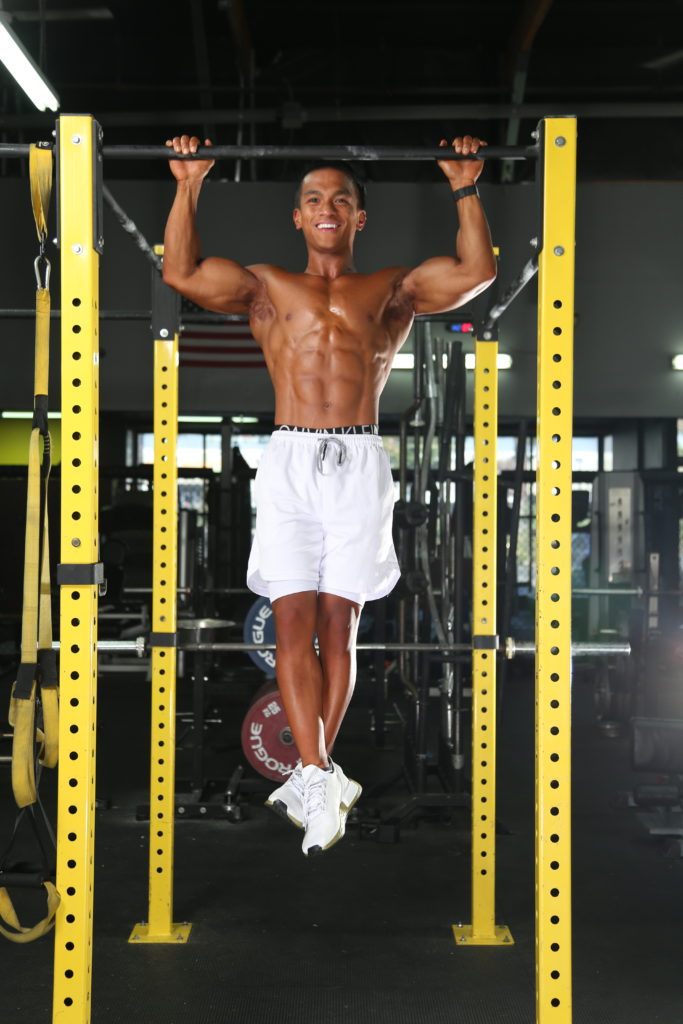
Conclusion
One way to get the best out of your exercise routine is to structure it so that you alternate between leg day, push/pull days and core exercises. In this way, you target the whole body. Just ensure you have your push and pull workouts on separate days.






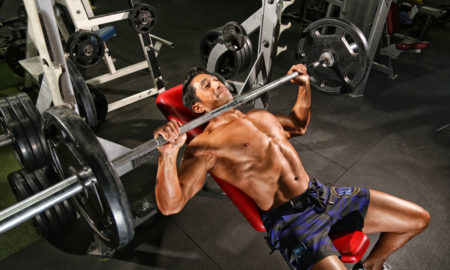
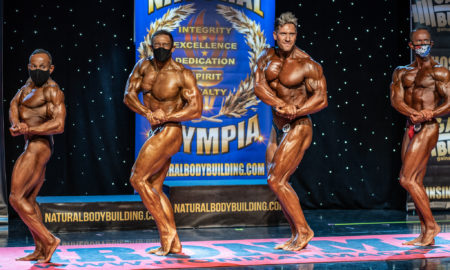












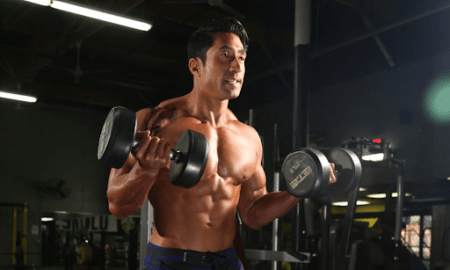
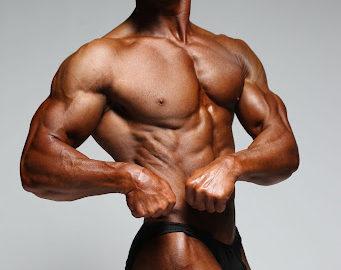
You must be logged in to post a comment Login